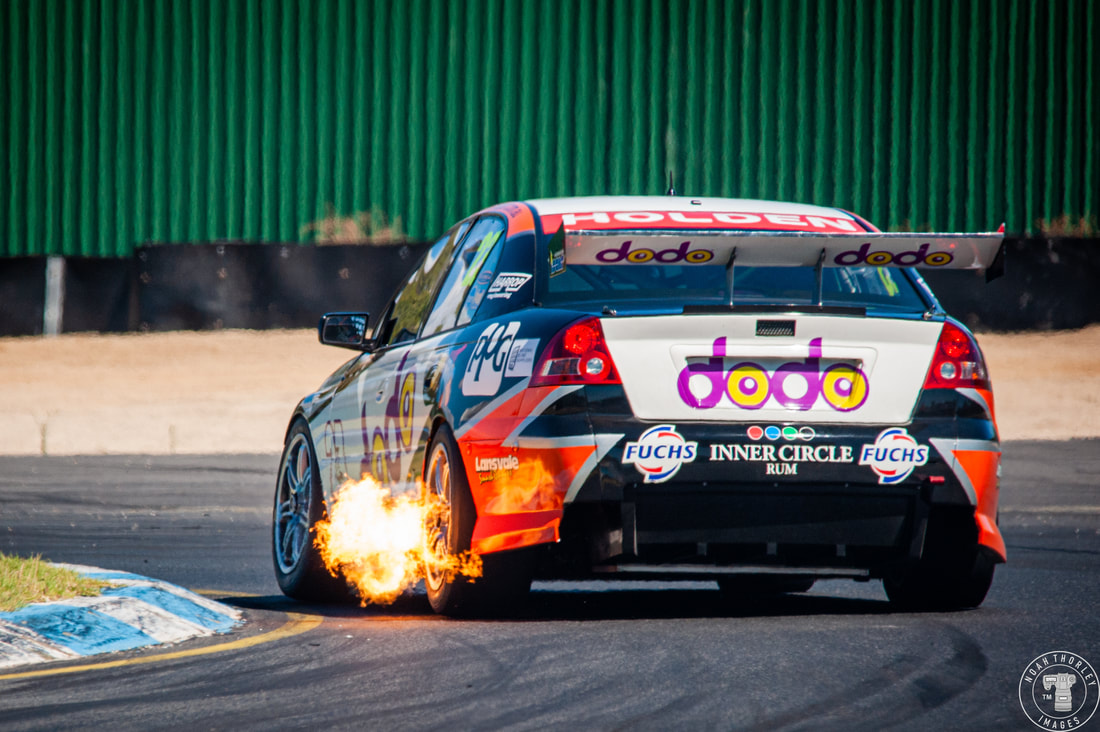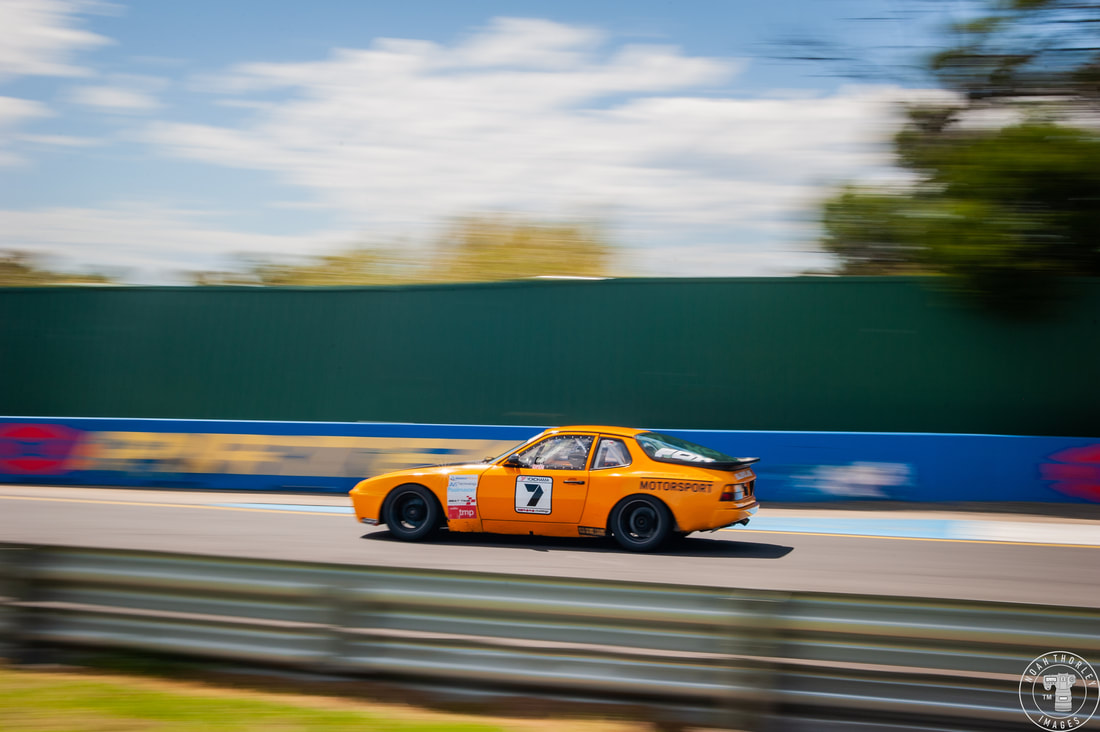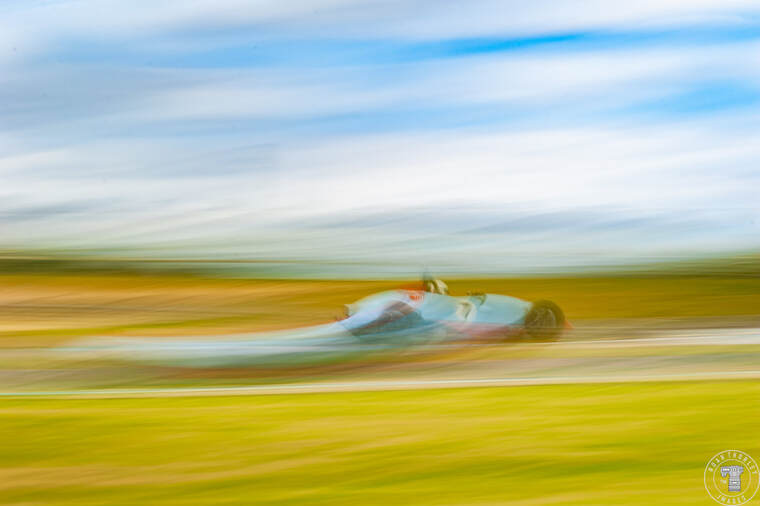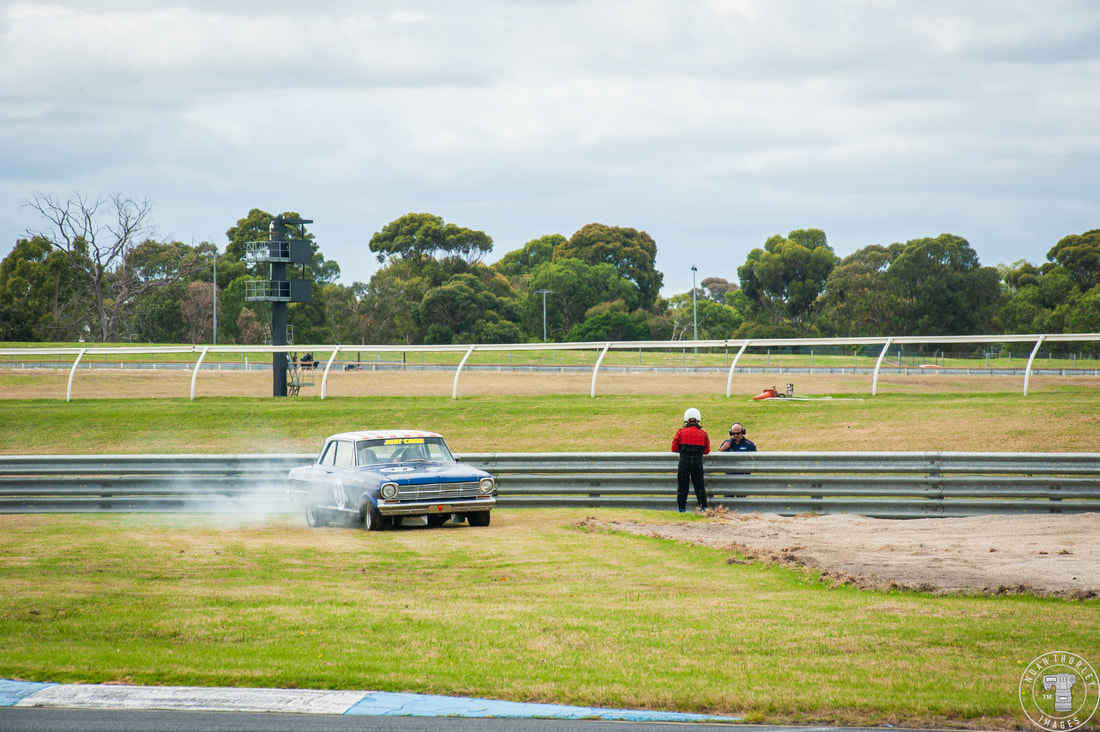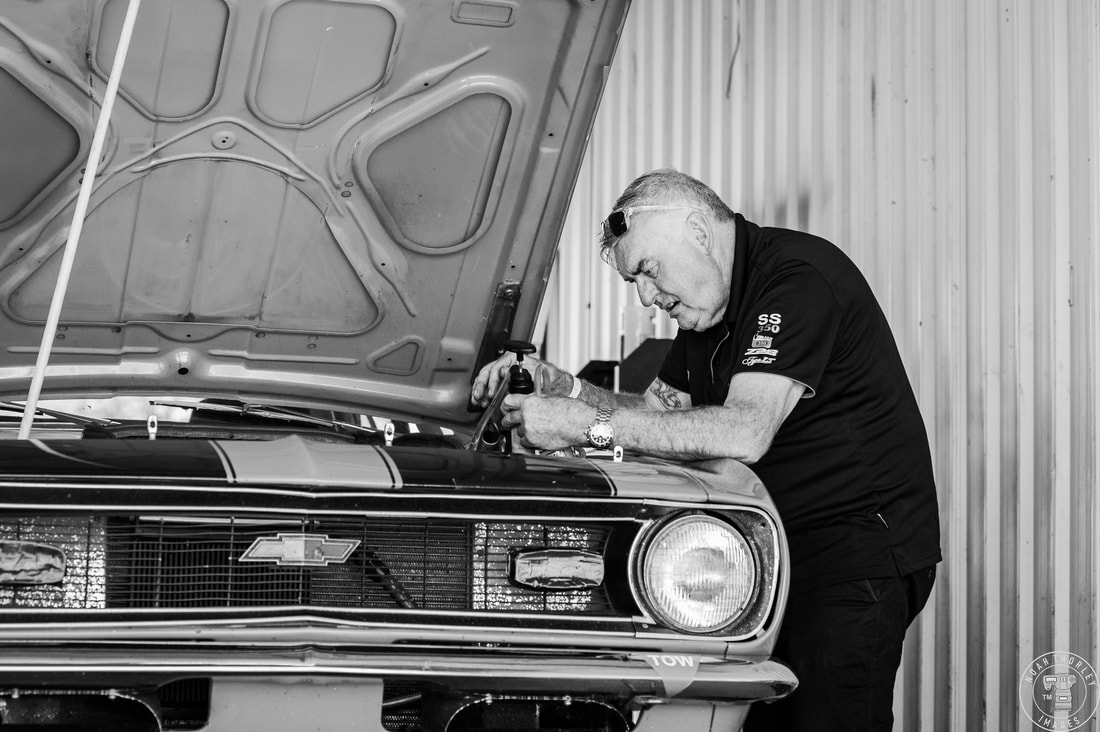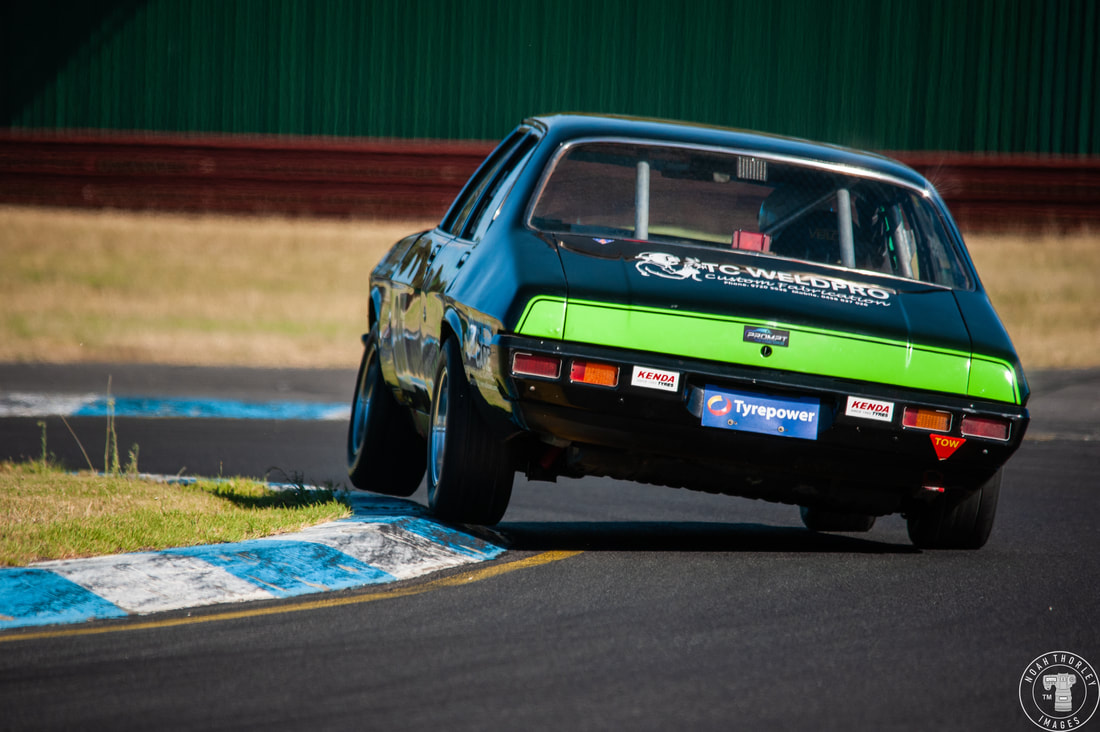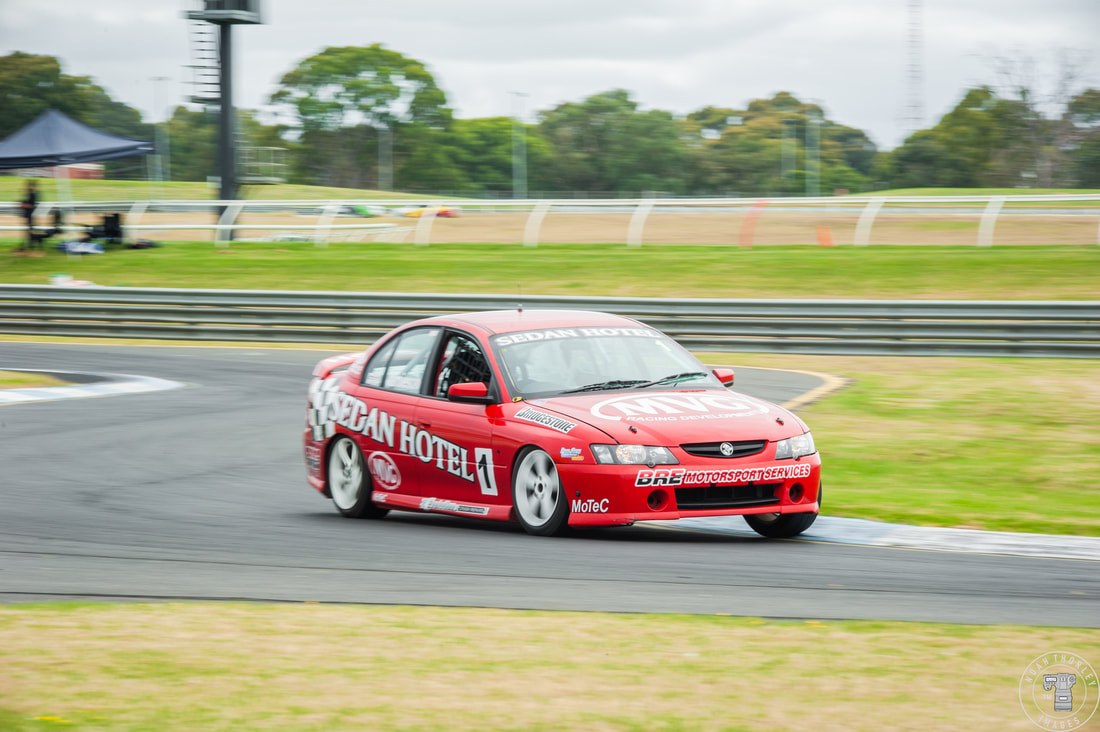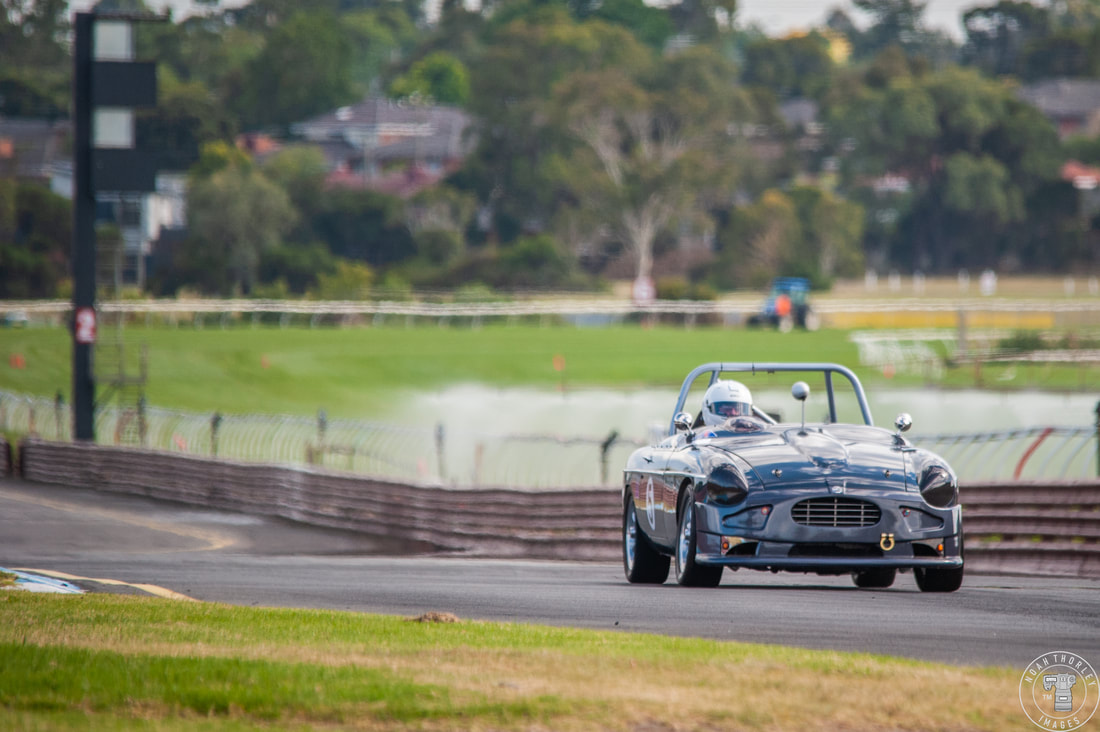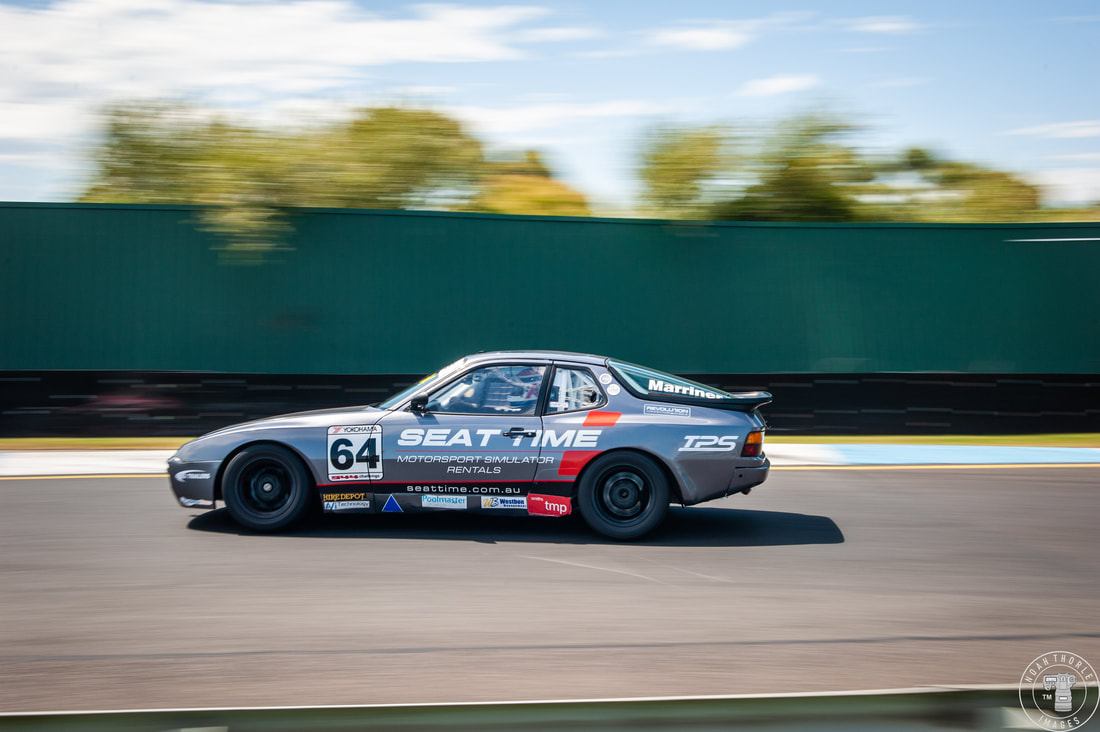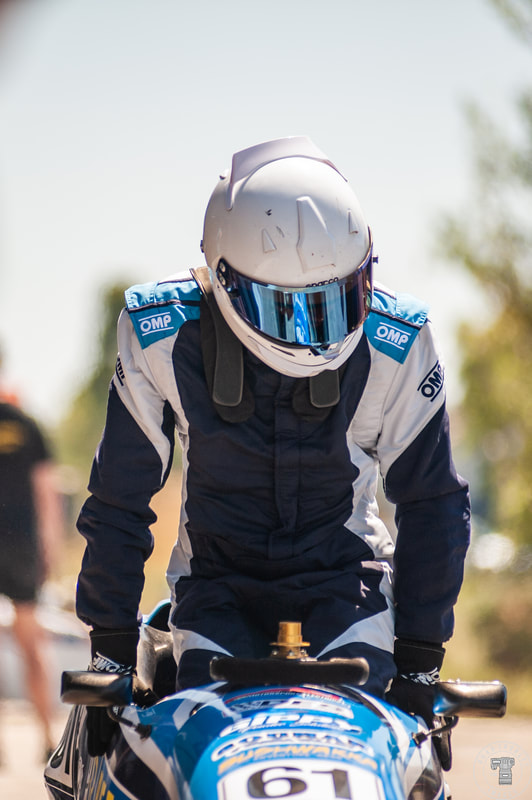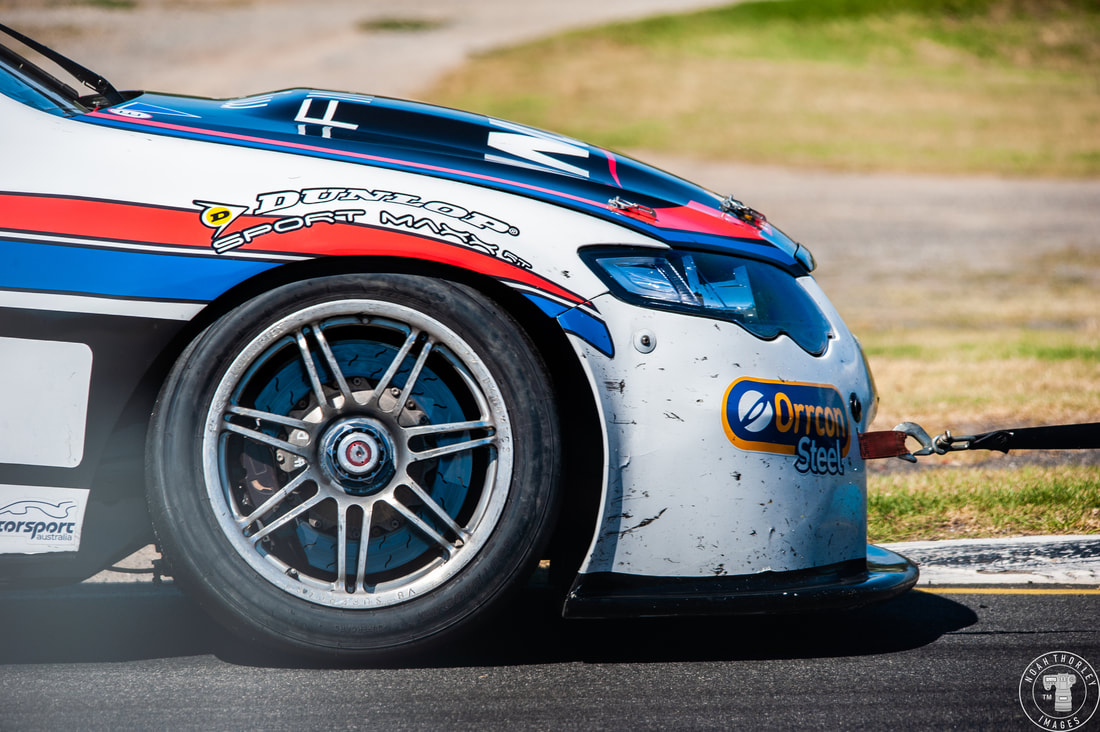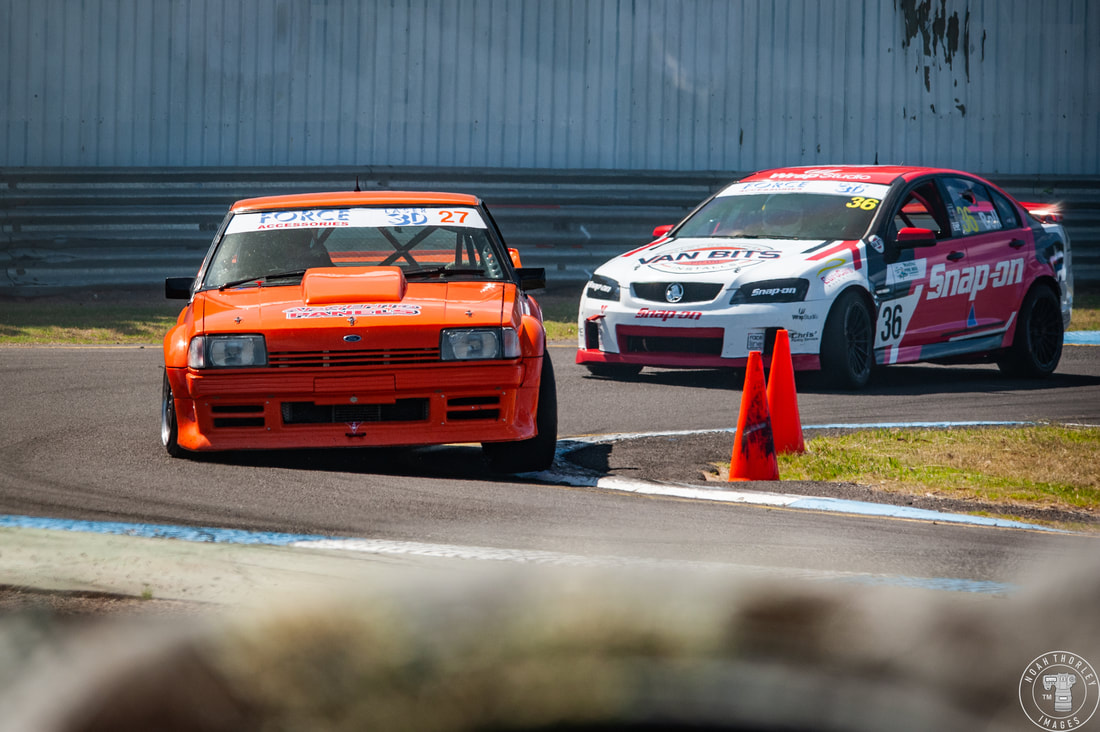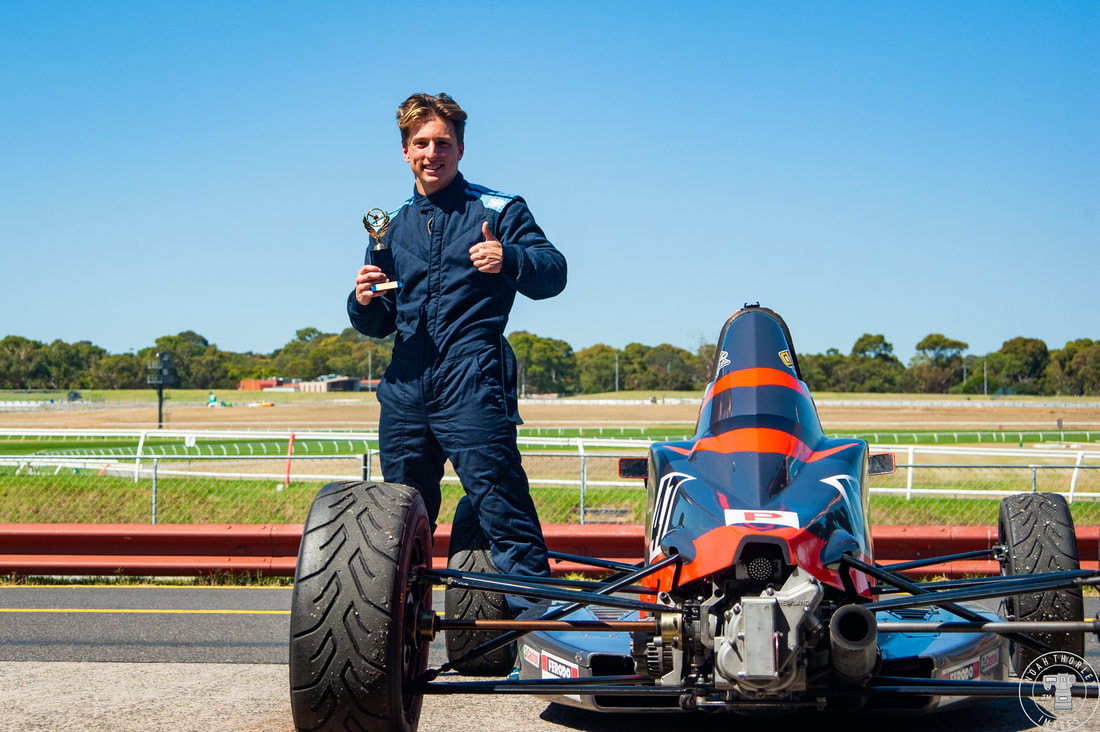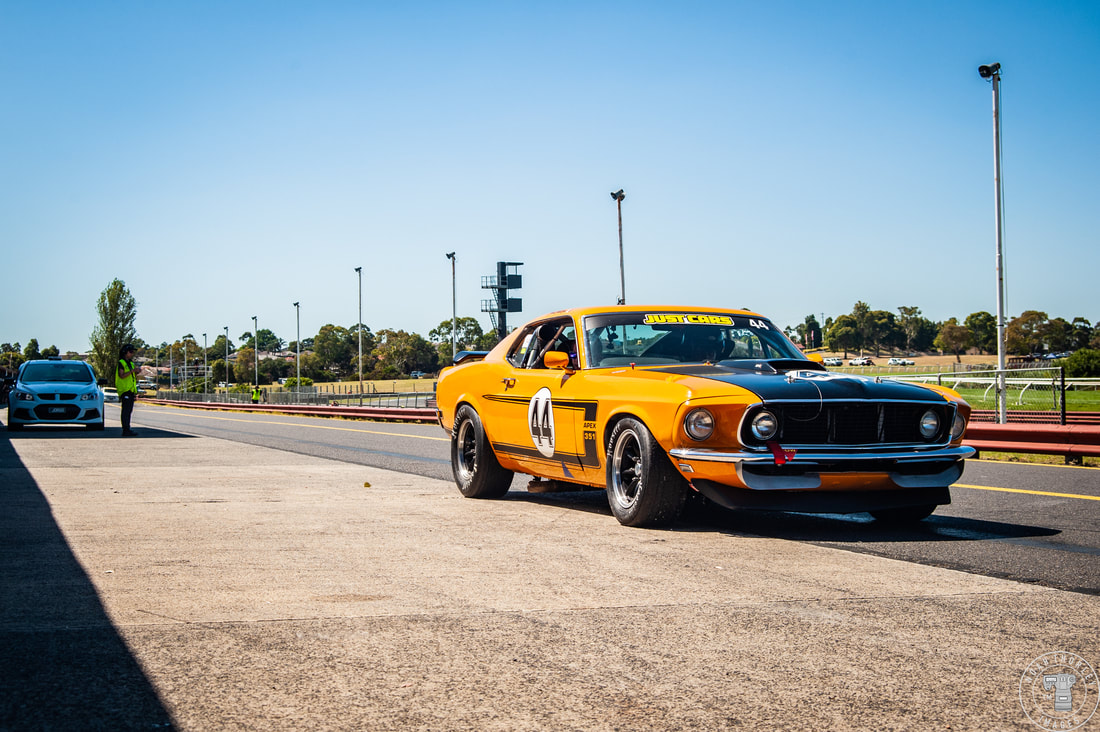|
And just like that, the offseason is over, and a new season of circuit racing has begun. Teams and drivers competing in the many categories that make up the Victorian State Race Series would begin their championship campaigns at Sandown Raceway for Round 1. If they wanted to have the number 1 on their car for next year, and the championship in their hands at the end of this year, both speed and a consistent collection of points would need to begin now. Friday would consist of three twenty-minute practice sessions for each category. With ten categories competing, two simultaneously would take to the track during each session to give everyone as much track time as possible for the first round of the championship. The open wheel car of Formula Ford and Formula Vee would flood the track during their practice sessions. Not only do many professional Aussie drivers like Matt Brabham, Jamie Whincup and Will Power start their careers in Formula Ford, but also many mechanics and engineers that are now at top teams in GT racing and V8 Supercars. As the name suggests, Formula Ford is powered by 1.6 litre Ford engines whilst Formula Vee has VW engines that are either 1.2 or 1.6 litres. The Fords are more aerodynamic with their sidepods, whilst the Vees are known as the cheapest form of open wheel racing in the country. Another cheap yet very competitive form of racing is the Hyundai Excel series. From Phillip Island to Bathurst, this championship swarms' racetracks all over Australia. At Sandown there were 35 Excels entered, and I've seen grids of up to 60 cars both here and at Bathurst. The Excel series has a lot of restrictions in control to level the playing field car wise, with emphasis more on driver speed and car setup, rather than equipment. Saturday would begin with Qualifying set the grid for each of the three races that weekend for each and every category, with the Porsche 944's being the first out on the much cooler track than the previous day's scorcher. The Porsche 944 class is the fastest single make category in the Vic State Race Series, and on par lap time wise with the Saloon cars. You don't often see 944's on the streets, but maybe that's because they've all been modified to race against each other, just like the 17 Porsches that would do battle at Sandown. For some cars and drivers, the Saturday morning qualifying would be their first session of the weekend, and for others it would be also their last. You could tell which cars and when the drivers of those cars were on a flying lap by seeing how much kerb they were using in the corners, and by a handful of cars splitting flames out of their exhausts. This wasn't the case with everyone though, but it gave spectators and photographers an idea of who to watch when it came time for the green flag to drop at race start. This brings me on to a simple point on why attending a Motorsport is always better than watching the broadcast. You can pick which cars and drivers to follow and get a closer look at, rather than being restricted to what the cameras and commentators are focusing on. I will say that Blend Line TV did a fantastic job of covering Saturday's and Sunday's action, and I did go back and watch it, because even at Sandown, you're not going to see everything that happens, especially when you're distracted by the cars you've chosen to follow each lap. For instance, this V12 Jaguar XJS that wheel-spinned off every start and screamed down the back straight at Sandown. This isn't any XJS though, this one is special, as it is the 1985 Bathurst 1000 winning chassis, driven to victory by Aussie John Goss and German racer Armin Hahne. My two personal favourites was this FG Falcon in XB Falcon inspiried war paint and this flame spitting VZ Commodore, both competing in the Sports Sedans class. I just love the 2006-2013 era of V8 Supercars. Although the retired V8 Supercars were at the front of the Sports Sedan category, there was no stopping this insane SAAB 9-3, powered by a Chevy V8 and pushing out 740bhp. The gap V8 Supercar driver Thomas Randle made on the rest of the field in his father's SAAB was immense. While the Sports Sedans were blinding down the straights, the HQ Holdens leaned into the corners like sailboats in choppy waters. The Group N Historics were perfect for those more interested in classic racing, with cars post war up to 1973 competing and being raced just as hard as they did when they came out of the showroom fifty plus years ago. With this wide range of racing already, the Improved Production series would put this diversity on the track all at once, pitting Nissan Pulsars and Toyota 86's up against Holden Monaros, BMW M3's and everything in between. The MG and Invited British class brought the best of Bristish motoring on track as well. You really never get to see old MG convertibles competing againt newer MG hatchbacks and TVR sportscars, but that's the point of categories that mix different styles of cars together. They may always be clearer stand out cars that gather a huge lead, but in the mid pack there are sure to be some close battles between cars you thought you'd never see. Last but certainly not least are the Saloon cars. Another category striving to be a cheaper entry into motorsport, these are 6-cylinder sedans using off the shelf parts for as much reliability and affordability as possible. The competition was close as expected, but the 'Sedan Hotel' sponsored cars still had podiums in their hands all weekend long. Bonus Gallery
0 Comments
Leave a Reply. |

